
Get A Free Quote


Welcome, fellow seekers and practitioners! Today, we're diving deep into the heart of yoga's most mystical aspect—Kundalini energy. Often envisioned as a coiled serpent lying dormant at the base of our spine, Kundalini isn't just a concept; it's the very essence of our untapped potential. This energy, when awakened, promises a journey not only towards spiritual enlightenment but also enhances our physical well-being. So, whether you're here to explore the depths of your soul or to find a new dimension to your yoga practice, you're in the right place. Our goal? To guide you through the process of awakening this powerful energy, ensuring a balanced path for both your spiritual growth and physical health.
Kundalini, a term that evokes both mystique and profound curiosity, originates from the ancient wisdom of the Upanishads. It represents a divine, boundless power that lies at the very core of our being and consciousness, acting as a bridge to the divine realms. Often visualized as a coiled serpent resting at the base of the spine, Kundalini symbolizes an immense potential and divine energy awaiting its awakening.
The concept of Kundalini has its roots deeply embedded in the Upanishads, ancient texts that form the philosophical backbone of Hinduism. These texts describe Kundalini as a fundamental life force, suggesting that its awakening is key to spiritual enlightenment.
The serpent symbol associated with Kundalini is rich in symbolism, representing rebirth, transformation, and the cyclic nature of the universe. This dormant energy, when awakened, promises a path of spiritual evolution and enlightenment.
The ascent of Kundalini energy through the sushumna nadi involves the sequential enlightenment of the seven chakras, each representing a specific aspect of our being and associated with our physical, emotional, and spiritual health.
Located at the base of the spine, the Root Chakra forms our foundation, relating to survival, security, and basic human needs. Its balance is essential for feeling grounded.
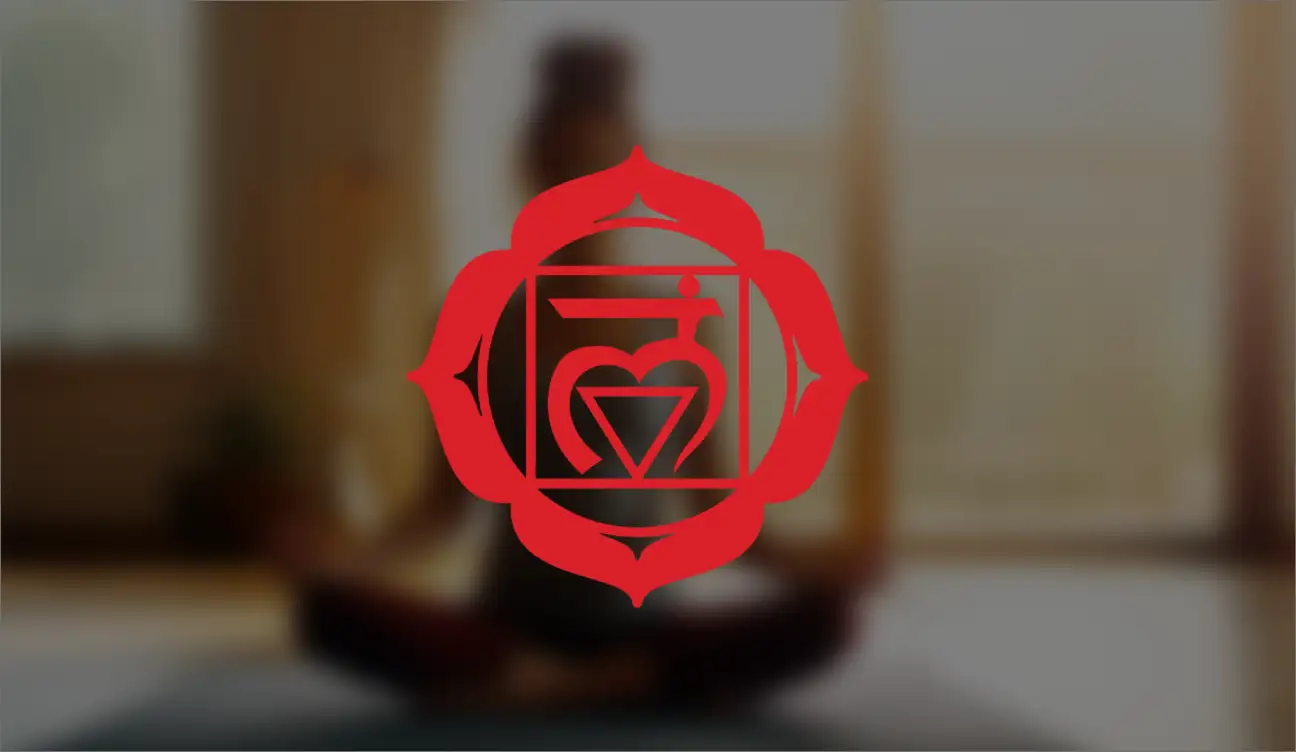
This chakra, positioned above the pubic bone, governs creativity, pleasure, and the emotional body, influencing our capacity to enjoy life's pleasures.
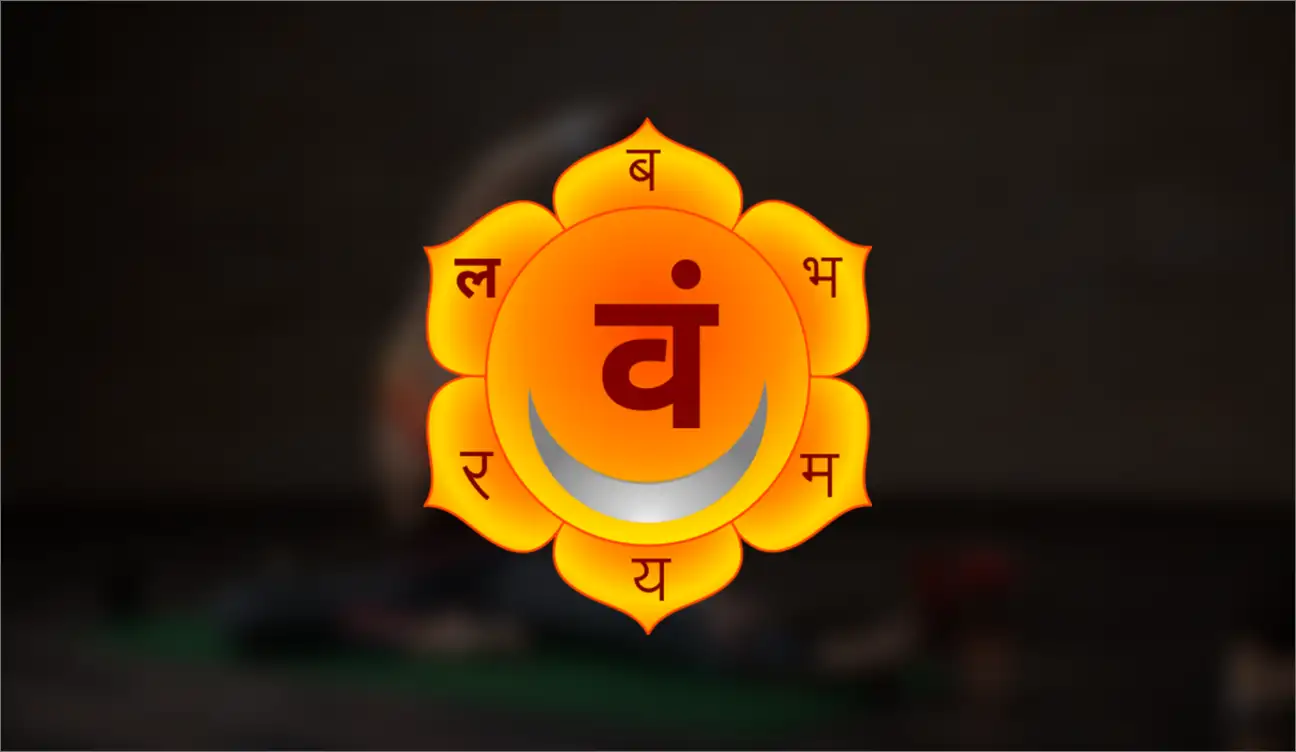
Found around the navel area, the Naval Chakra is the source of personal power, confidence, and inner strength, playing a key role in self-esteem and discipline.
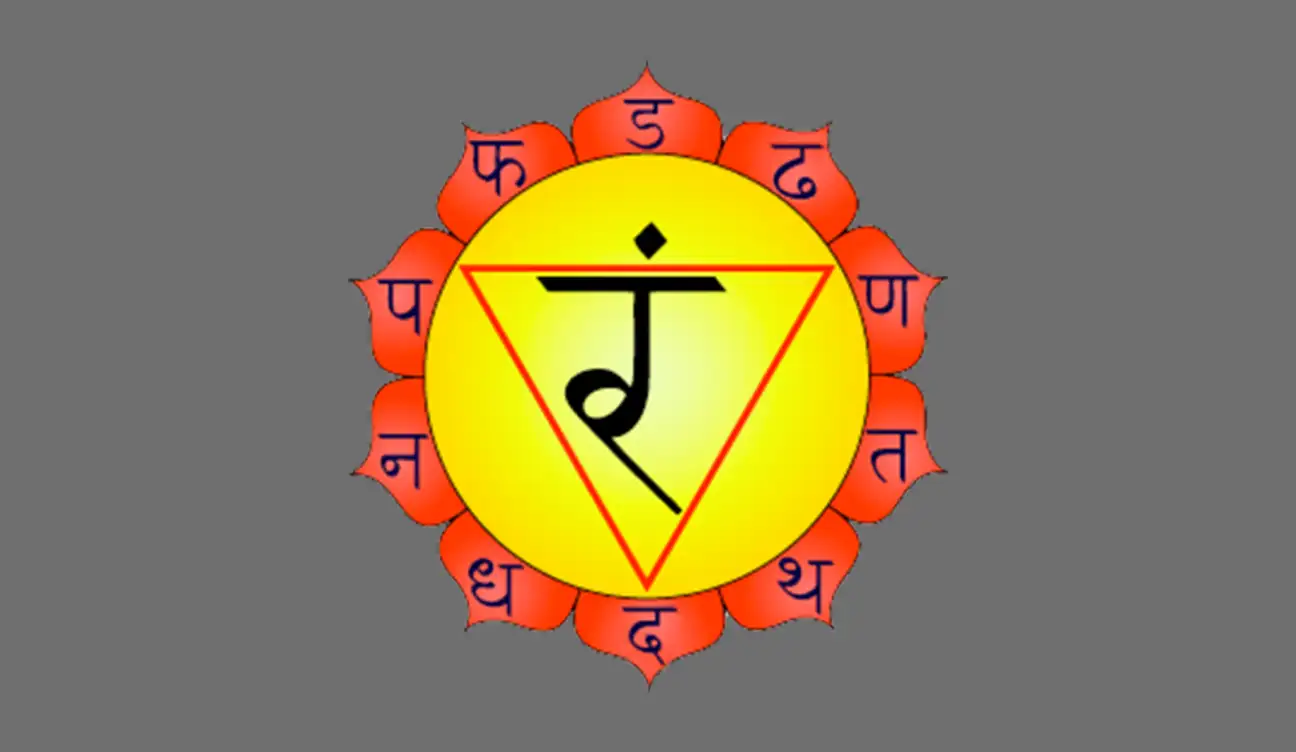
The Heart Chakra, at the center of the chest, is the wellspring of love, compassion, and kindness, bridging the physical and spiritual selves.
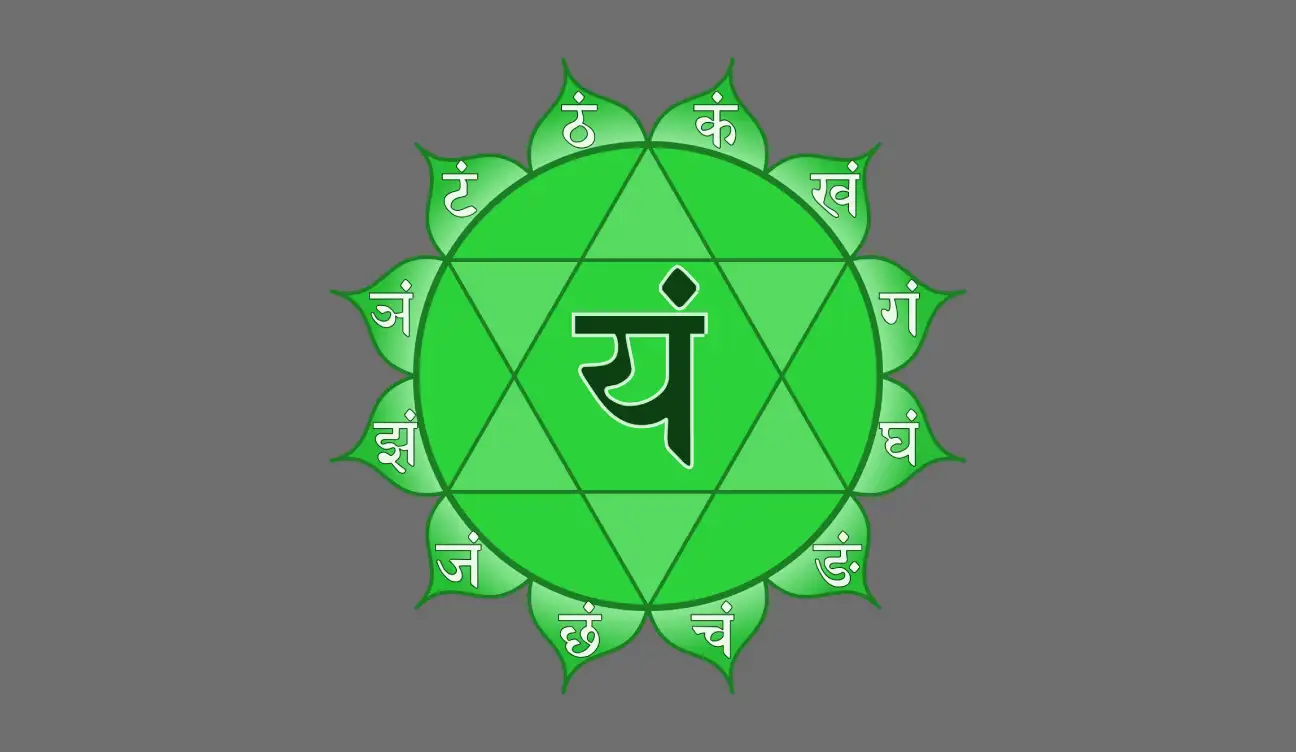
Located at the throat, this chakra governs communication and expression, enabling us to express our truth with clarity.
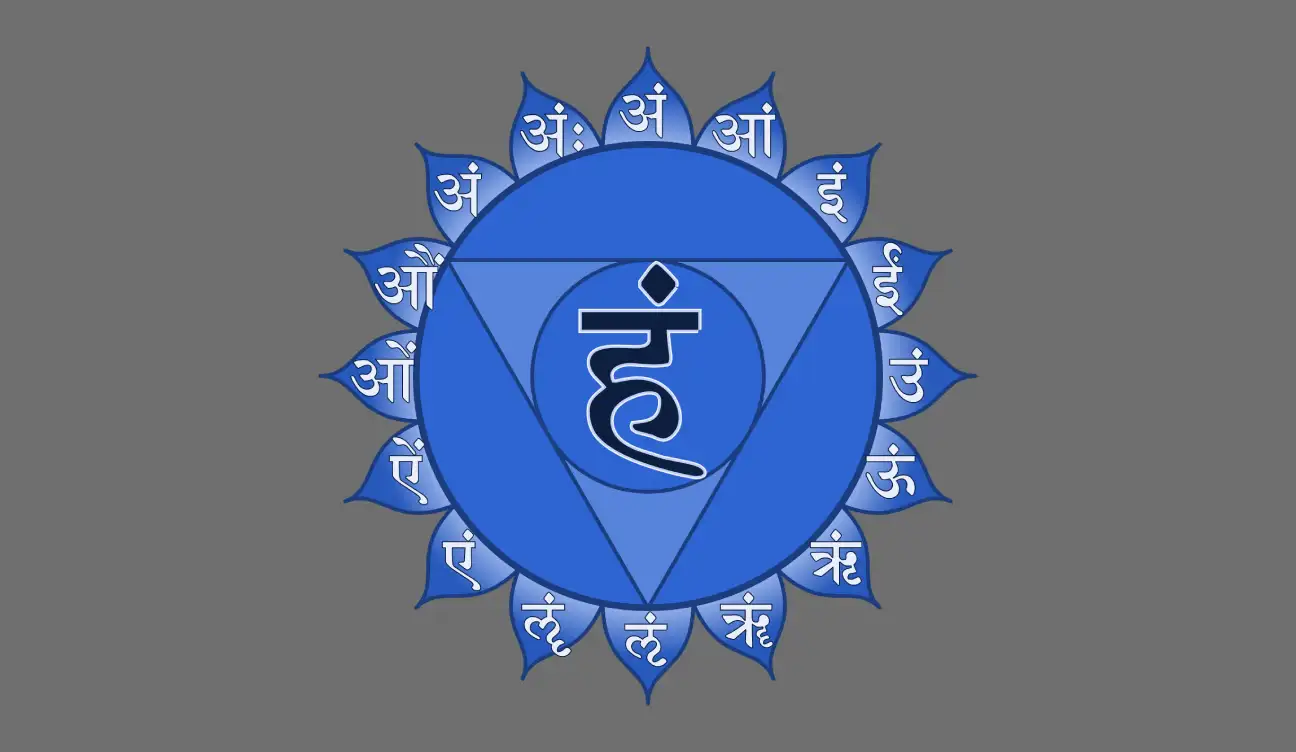
This chakra, positioned between the eyebrows, is the seat of intuition and insight, allowing us to perceive beyond the physical.
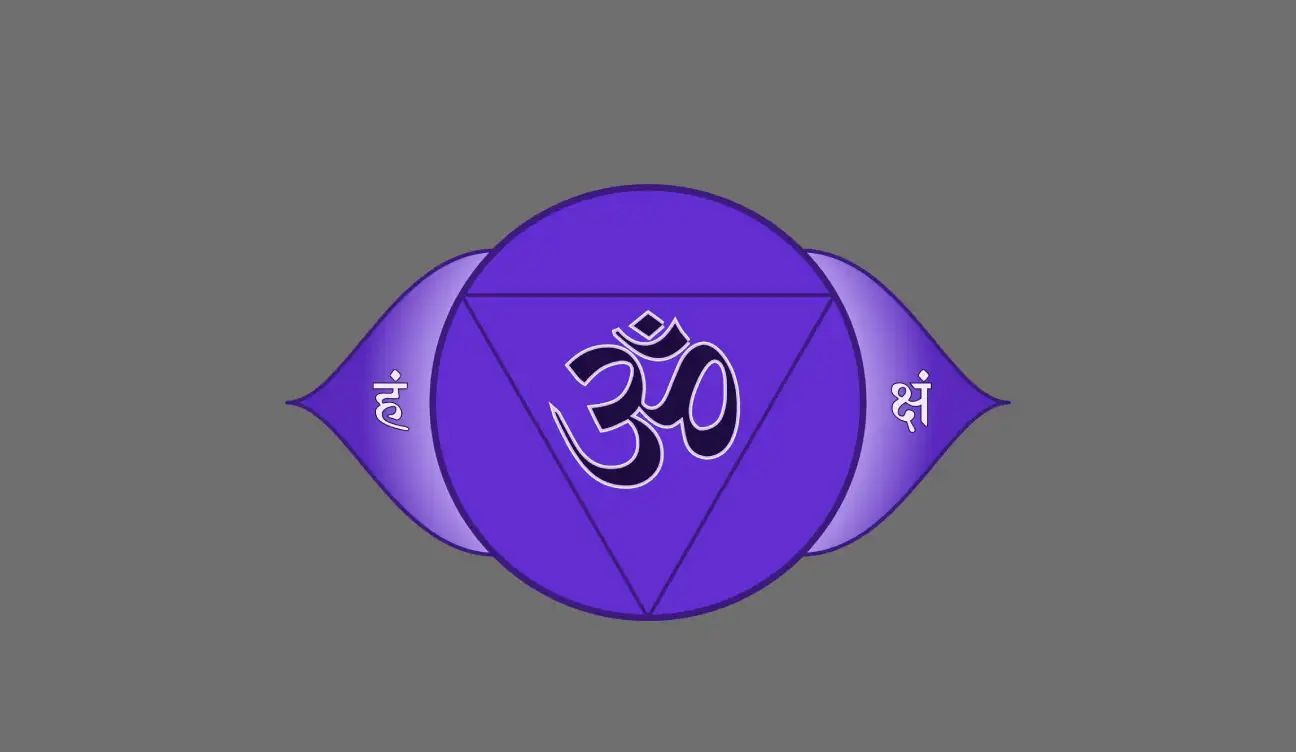
At the top of the head, the Crown Chakra connects us to the divine, bringing spiritual insight and a
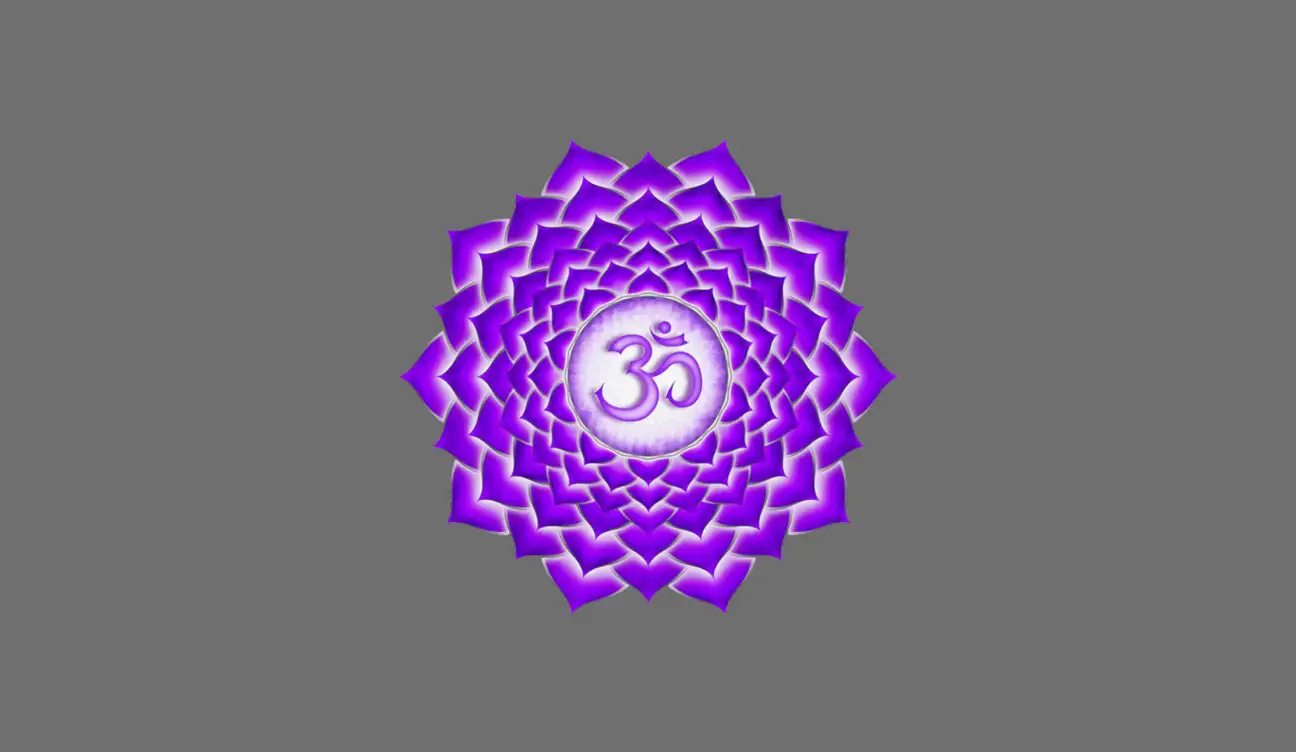
At the core of the regular practice of Kundalini lies Kundalini Shakti, a term that embodies the concept of an infinite and divine feminine energy and power within us all. It's the universe's way of saying, "You have all you need within you." This isn't just about physical strength or mental clarity; it's about connecting with the vastness of the cosmos' divine feminine energy that resides within each of us. Kundalini Shakti isn't merely a divine feminine energy; it's a reflection of the universe's boundless creativity, wisdom, creative power, and joy.
Ever wondered how the ancient wisdom of yoga intersects with modern science? Let's talk about the energetic anatomy—a fascinating concept where Kundalini plays a pivotal role. Picture your own human being or body not just as a physical entity but as a vibrant tapestry woven with energy. At the heart of this tapestry lies the chakra system, a series of energy centers that Kundalini, when awakened, travels through. It's like having a superhighway of spiritual energy running through you, connecting the dots from your root to the crown of your head. This isn't just metaphorical; it's a pathway to higher consciousness and well-being, bridging the gap between the seen and the unseen.
Now, let's get a bit scientific. The study of Kundalini isn't confined to spiritual texts; it's a subject of interest in neuroscience and psychology too. Research has begun to shed light on Kundalini's impact on our mental and physical health, suggesting that its awakening can lead to profound changes in our brain structure and function. This might explain the heightened states of self-awareness and bliss reported by those who have experienced Kundalini awakening. It's a testament to the fact that the realms of science and spirituality are not as separate as we once thought.
Hearing from those who've walked the path before us can be incredibly enlightening. Across the globe, seasoned yoga practitioners, yogis, and spiritual leaders share stories of transformation that all point to one thing: the power of Kundalini. These aren't just tales of yogic might; they're testimonials to the life-altering experiences that await those who embark on this journey. From feeling a surge of energy to achieving a state of inner peace and clarity, the experiences vary but the essence remains the same—Kundalini is a force of nature within us, waiting to be discovered.

Before we dive into the deep end, let's start where every great journey begins—at the beginning. Preparing for a Kundalini awakening is like preparing for any significant life event; it requires a solid foundation. This is where Hatha Yoga and mindfulness meditation come into play. Think of Hatha Yoga as the soil in which you plant the seeds of your spiritual practice—nurturing, supportive, and rich with potential. It's not just about flexibility or strength; it's about creating harmony between your body and mind, making you fertile ground for Kundalini's energy.
Mindfulness meditation, on the other hand, is like watering those awakened energy seeds with awareness and presence. It teaches you to be in the moment, to observe without judgment, and to cultivate a sense of inner peace. This practice is crucial because a Kundalini awakening is not just a physical experience; it's profoundly mental and emotional. By building a practice rooted in the Hatha Yoga tradition and mindfulness, you're setting the stage for a safe and transformative Kundalini energy awakening.
Now, let's talk about the tools you'll need on this journey. Kundalini Yoga techniques, particularly breathwork (Pranayama), and meditation, are your map and compass. Breathwork is the key to unlocking Kundalini's door. It's not just about breathing deeply; it's about learning to control and direct your life force (prana) to awaken the dormant energy within. Techniques like Kapalabhati (skull shining breath) and Anulom Vilom (alternate nostril breathing) are not only invigorating but also deeply cleansing, preparing your body for the energy surge of Kundalini awakening.
Meditation, especially when focused on the six chakras, helps to align and balance your energy centers, creating a smooth path for Kundalini to rise. Imagine each meditation session as a step closer to unlocking your full spiritual potential, with each breath clearing the way for new levels of consciousness and power to awaken.
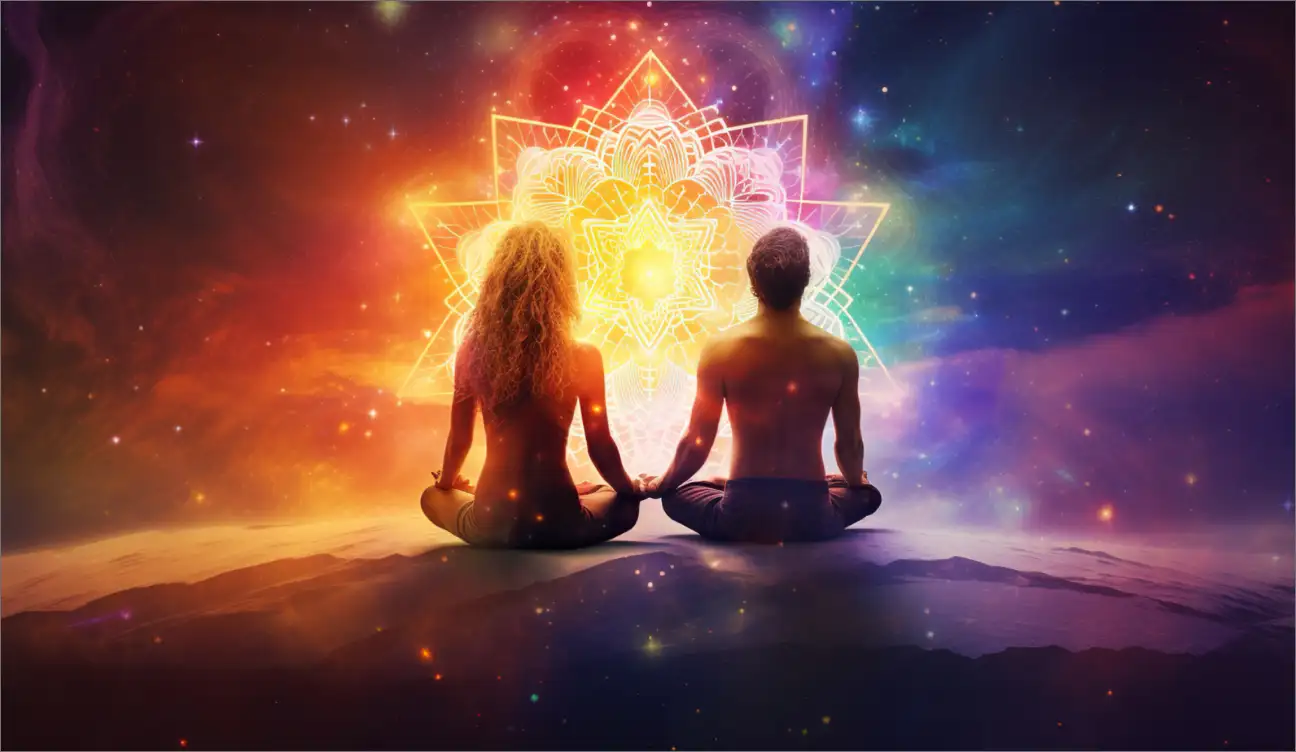
In the world of yoga, few topics are as surrounded by myths and misconceptions as Kundalini awakening. Some fear it, some idolize it, and many misunderstand it. Let's set the record straight: Kundalini awakening is a profound and sacred process, but it's not without its challenges. It's essential to approach it with respect, patience, and, above all, proper guidance. The tales of spontaneous awakenings leading to overwhelming experiences are not without merit, but they underscore the importance of a guided, mindful approach to this powerful practice.
Safety first, always. Kundalini awakening is not a race; it's a journey. There's no "one-size-fits-all" method, and what works for one may not work for another. This is why having a knowledgeable guide, be it a teacher or a comprehensive course, is invaluable. They can help you navigate the complexities of this path, ensuring that your experience is not only profound but also positive.
The most awakened Kundalini energy may appear to awaken your mind. When a person experiences Kundalini symptoms, the most awakened Kundalini energy may knock on the door to attract their attention. Once that's achieved, your life will reach its highest potential. Among these symptoms are: Whatever symptoms you experience, don't concentrate on whether it's Kundalini. Instead, concentrate on giving yourself an outlet that will help you release your discomfort. It's easier for people to overcome their feelings. Give it a place in your life.
Kundalini yoga has become a popular form of practice for many of its students and is therefore an essential way of understanding the key differences between both. Despite the nature of Kundalini Shakti, Kundalini yoga is a systematic approach utilizing several techniques for the awakening of the energy within us. It utilizes sequences and kriyas handed down by teachers. Often, you see Kundalini Shakti as a blanket that binds Kundalini Yoga. It combines some basic themes with classical Hatha Yoga but has a different method.
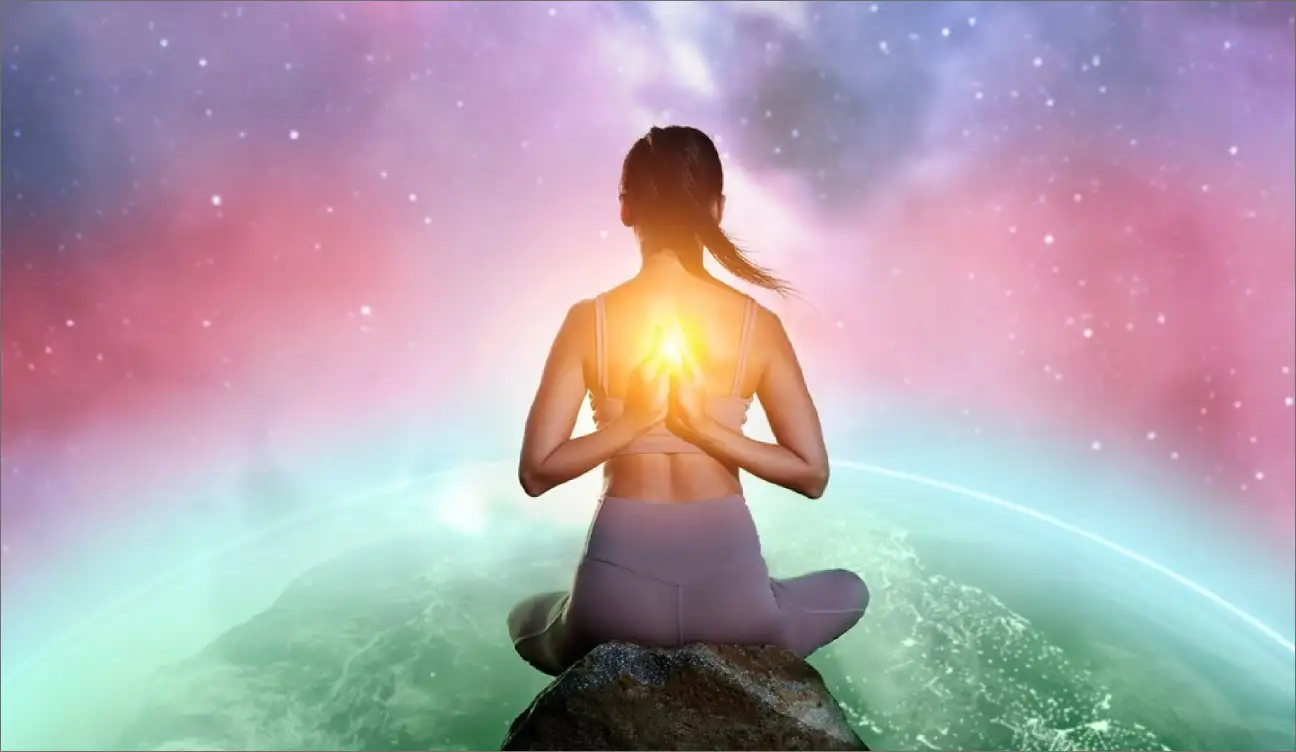
Have you ever found yourself puzzled by the term Kundalini Yoga? If so, you're not alone. It's a term that often gets tossed around in yoga circles, leaving many to wonder about its essence. Let's clear the air: Kundalini Yoga is a dynamic practice, but it's crucial to distinguish between Kundalini energy—the primal energy said to reside within us—and the Kundalini Yoga practice, a series of movements, breathing techniques, and meditations designed to awaken that dormant Kundalini energy. Imagine Kundalini energy as a sleeping serpent coiled at the base of your spine, and Kundalini Yoga as the key that unlocks its potential, guiding it through the chakras to achieve enlightenment and transformation.
At the heart of the yoga philosophy of Kundalini Yoga lie three fundamental elements: Kriyas, Mantras, and Mudras. Kriyas are specific sets of exercises that combine postures, breathing techniques, and sound to work on different aspects of your being—physical, mental, and spiritual. They're like recipes in a yogi cookbook, each designed to achieve a particular outcome, from boosting vitality to fostering inner peace.
Mantras, on the other hand, are sacred sounds or phrases repeated to focus the mind and connect with the divine. Think of them as the soundtrack of your Kundalini Yoga practice, where each chant adds depth and vibrancy to your experience.
Mudras, or hand gestures, act as seals to direct energy flow and reflect intention. They're like secret handshakes with the universe, each one unlocking a different power or aspect of your spiritual journey.
One of the most beautiful and creative aspects of Kundalini Yoga is its ability to blend seamlessly with other yoga practices, enriching your holistic health journey. Whether you're a devotee of Hatha, Vinyasa, or Yin, incorporating Kundalini Yoga can add a new dimension to your practice. It's like adding spices to a dish—the core ingredients remain the same, but the flavors become more complex and nuanced.
Kundalini Yoga doesn't just complement other practices; it amplifies them. By awakening your Kundalini energy, you enhance your awareness and sensitivity, bringing greater depth to your asanas, more focus to your meditation, and a heightened sense of connection in your pranayama. It's a synergy that not only elevates your yoga practice but also enriches your daily life, making every moment more vibrant and filled with purpose.
Embarking on the Kundalini journey isn't just about the time spent on your yoga mat; it's about weaving the essence of Kundalini into the fabric of your daily life. Let's talk about lifestyle tips that can help you nurture this sacred energy. First up, diet. Imagine your body as a temple for Kundalini; what you put into it can either enhance or hinder your spiritual practice. A diet rich in fresh, energy-boosting foods like fruits, vegetables, and whole grains can support your Kundalini energy, making it flow more freely.
Sleep is another cornerstone of a Kundalini-friendly lifestyle. It's the time when your body heals and rejuvenates. Ensuring you get enough restful sleep is crucial for maintaining the balance of energy and vitality needed for your Kundalini practice.
And let's not forget about daily routines. Incorporating mindfulness into your everyday activities, from the moment you wake up to the moment you go to sleep, can keep you connected to your Kundalini energy. Simple practices like conscious breathing, gratitude journaling, or even mindful walking can make a world of difference.
Living with Kundalini awareness is like having a compass that guides you towards greater quality of life and spiritual growth. It's about seeing the divine in the mundane, finding joy in the simple moments, and understanding the interconnectedness of all things. This awareness can transform how you interact with the world, deepening your relationships, enhancing your creativity, and bringing a sense of peace and fulfillment to your life.
The journey of Kundalini awakening is transformative, with effects that ripple through every aspect of your being. One of the most profound long-term benefits is the expansion of consciousness. Imagine living life with an elevated perspective, where challenges become opportunities for growth, and you're more in tune with your true self and the universe.
This awakening can also significantly improve your well-being. From reducing stress and anxiety to fostering a deeper sense of inner peace, the benefits of Kundalini practice are as vast as they are varied. It's a path that leads not only to spiritual enlightenment but to a life lived with greater health, happiness, and harmony.
As we wrap up our exploration into the profound world of Kundalini, it's clear that this journey is as vast and varied as the practitioners who embark upon it. From understanding the foundational principles of Kundalini energy to integrating Kundalini Yoga practices into our daily lives, we've covered a spectrum of insights designed to enlighten and inspire.
Kundalini is more than just a philosophy or practice; it's a pathway to deep spiritual growth and enhanced physical well-being. Through mindful preparation, safe practices, and an awareness of its powerful effects, we can unlock the doors to our highest potential. But, as with any profound journey, the path of Kundalini awakening demands respect, caution, and an open heart. It's a journey that invites us to explore the depths of our being, challenging us to rise above our limitations and embrace the fullness of life.
Your body's energy shift causes you to change and move through life completely and dramatically. Kundalini awakening can be an important experience in self-improvement.
In the influential Shakta cult called Kaula, Kundalini is considered to be "latent spiritual power", attributed to Goddess Kubjika.
When the vibration of Kundalini energy occurs in your limbs and your body gets involuntary jerks that seem to be electrical shocks, you know it's Kundalini that awakens you. If your mind becomes devoid of thoughts after meditation, it's a sign of Kundalini.
Kundalini awakening is common. Sensations of energy moving or being absorbed in varying parts of your body, sometimes in chakras. These events are often noticeable to the practitioner. The awakened energy seems uncontrollably strong.

Posted: 05 March, 2024
Renowned for his expertise in yoga and its philosophy, Sajan Negi brings over 15 years of experience in guiding individuals on their transformative journey towards holistic well-being. With a Master’s degree in Yoga and a life dedicated to personal growth, Sajan Negi combines ancient wisdom with modern insights to inspire physical strength, mental clarity, and spiritual peace in his students.